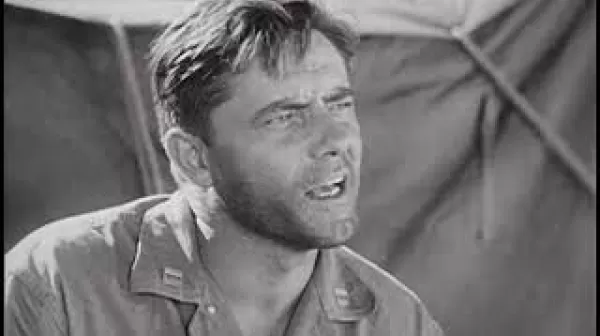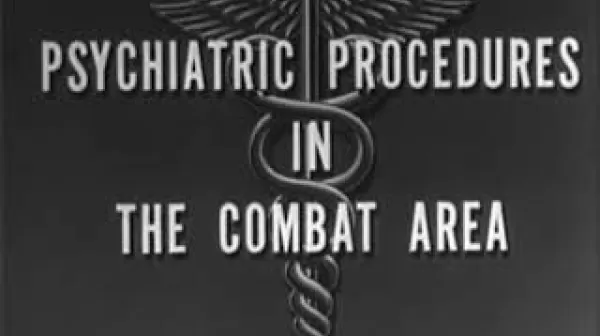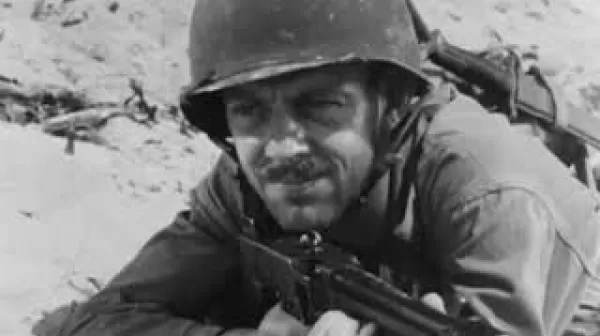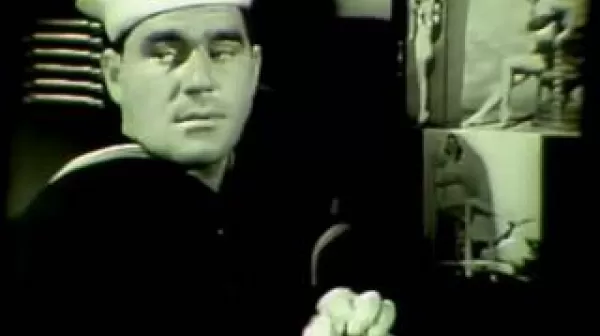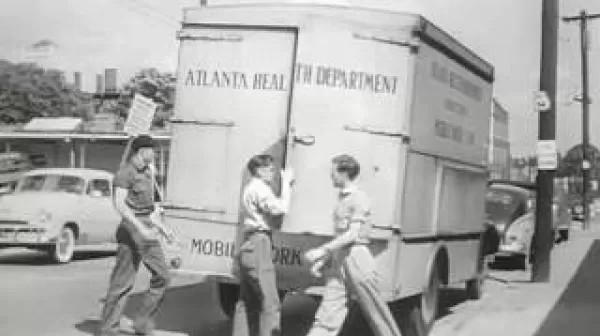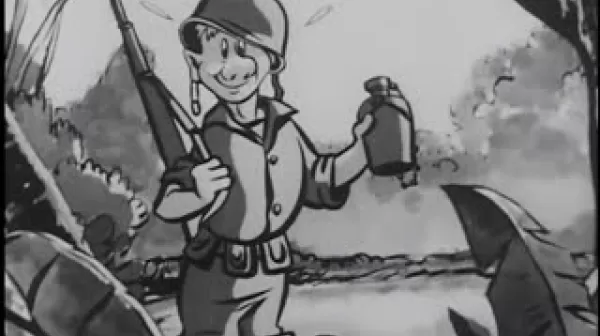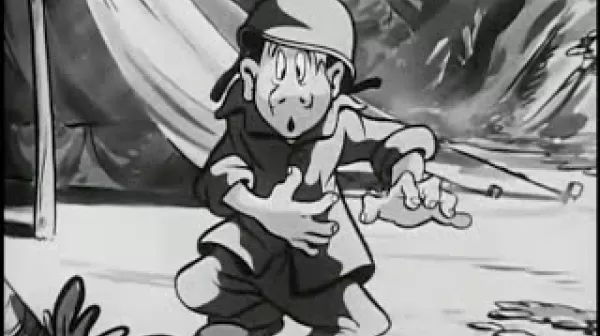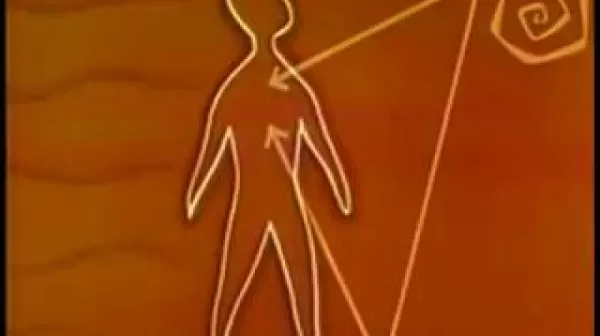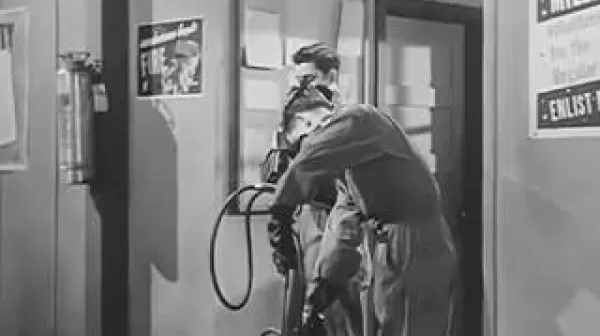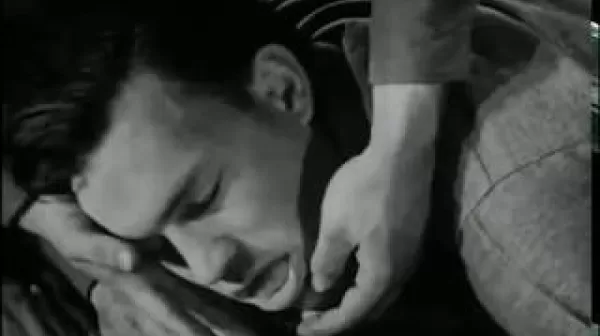Combat Psychiatry: the Battalion Medical Officer (US Navy, 1954)
This film is an introduction to combat psychiatry for medical officers, line officers, and corpsmen. At sick call the night before a battle, men present with physical symptoms such as upset stomach and headache that signal their mental distress. The medical officer decides, based on his own examination and on information gathered from officers or men in the patient's unit, whether the patient should be sent back to his unit or evacuated. The importance of emotional support is shown.

